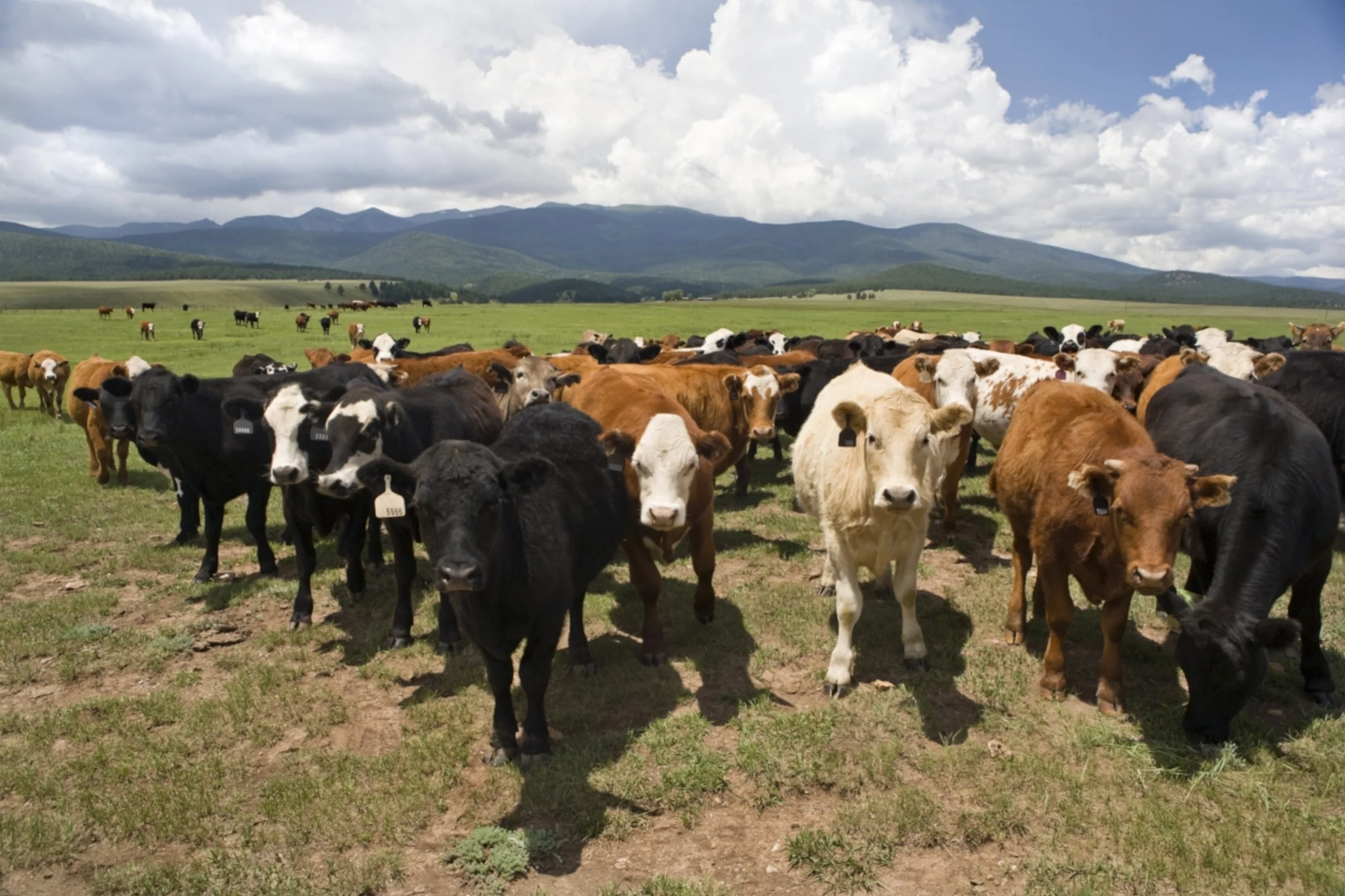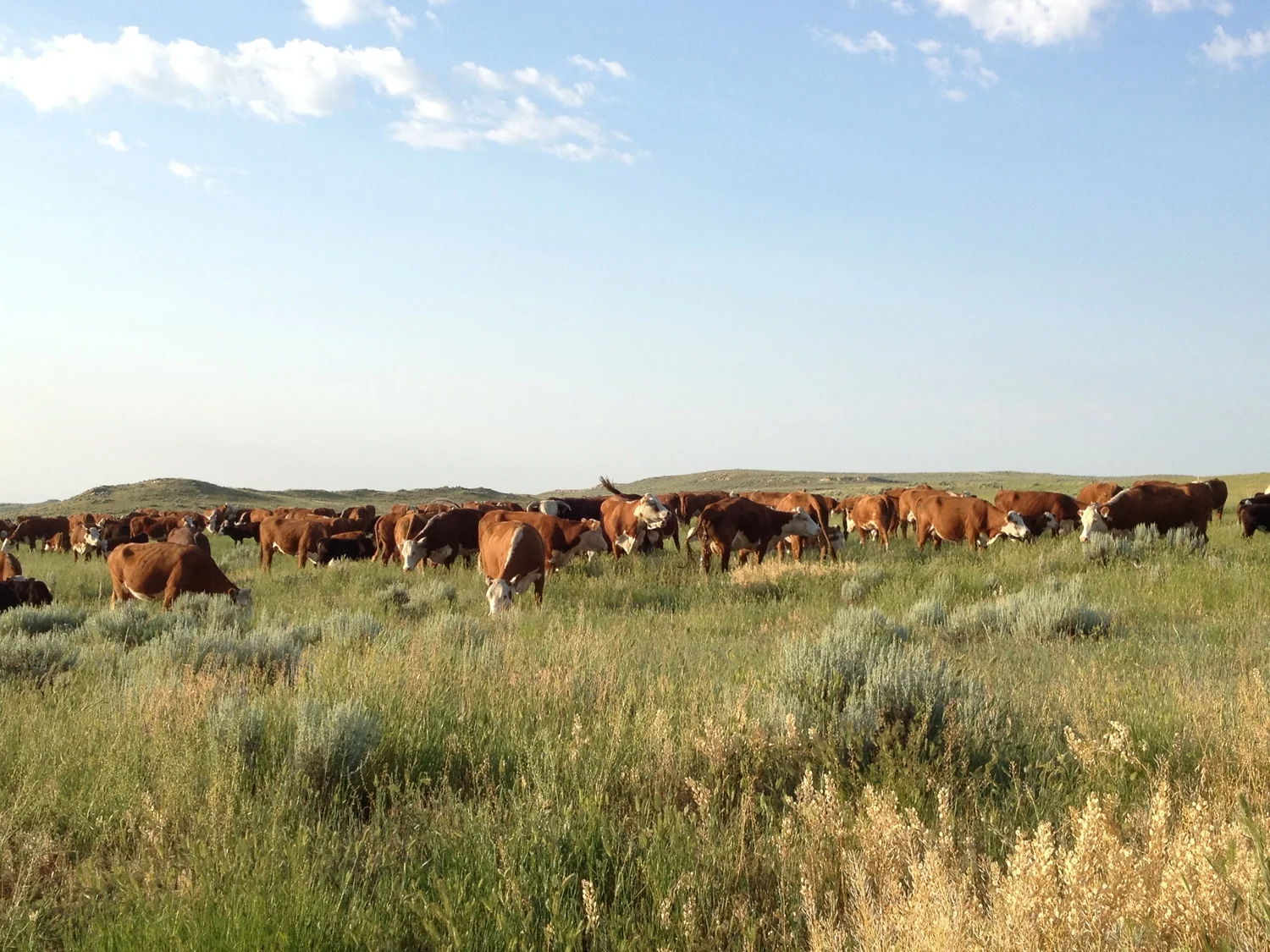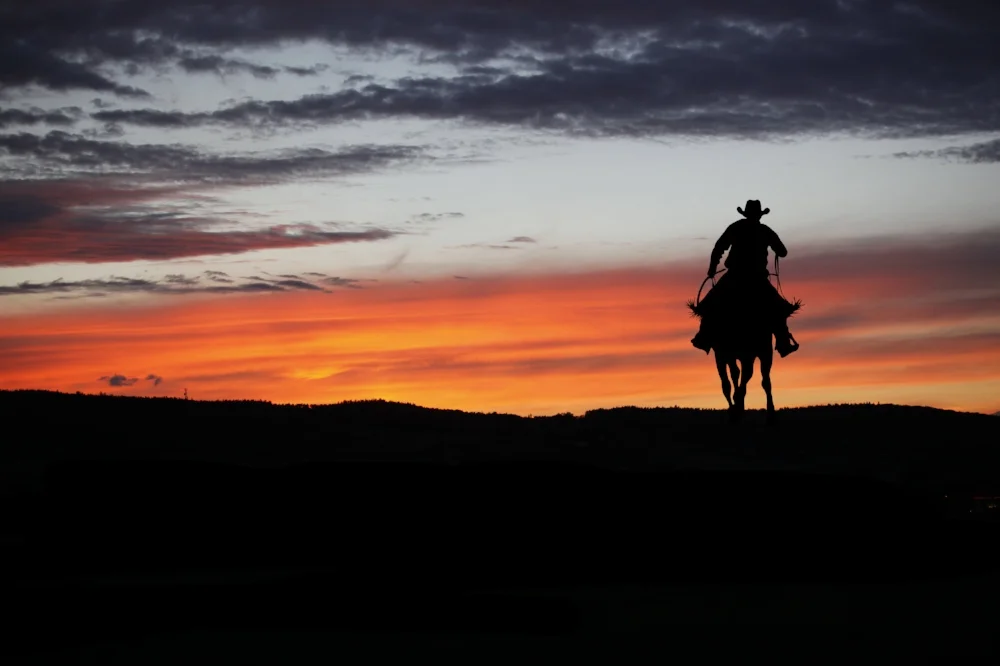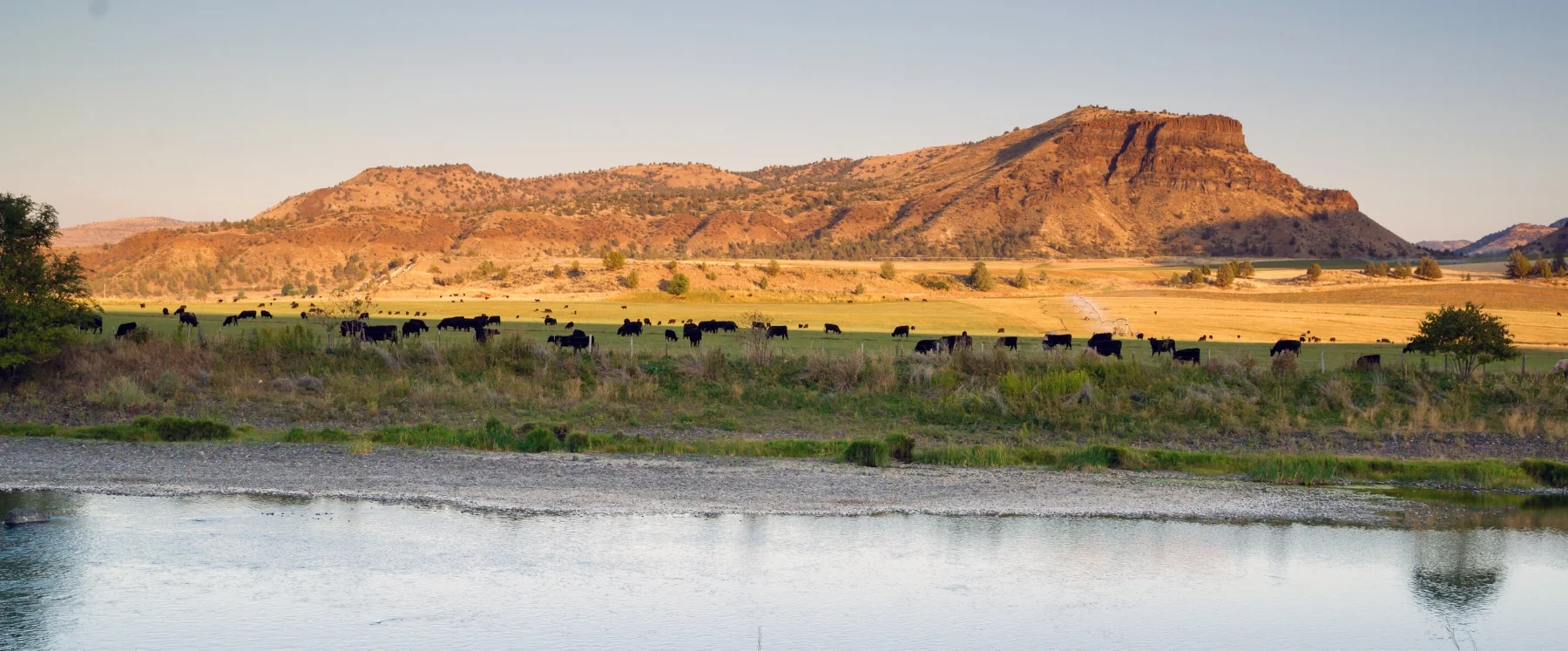Late last year, the folks with Ranching for Profit , Western Sustainability Exchange, and Crazy Mountain Stockgrowers Association hosted an informational session on ranch profitability and cell grazing. At this interesting events, we picked up a handful of “rules of thumb” worth sharing.
NEW RELEASE: REDUCING CONFLICT WITH GRIZZLY BEARS, WOLVES AND ELK
Reducing Conflict with Grizzly Bears, Wolves and Elk, A Western Landowner’s Guide is now available. This informative landowner’s guide produced by Western Landowners Alliance features case studies from ranchers across the west that address the challenge of how to share and manage a wild, working landscape that sustains both people and wildlife.
CATTLE DRIVE FUNDRAISER UNDERWAY
For the second year, the Montana Stockgrowers Association (MSGA) and Montana Stockgrowers Foundation (MSF) are holding their “Cattle Drive” feeder calf program, which raises funds for MSF. The program allows folks to contribute toward the efforts of MSF beyond the more traditional cash donations.
SYSTEMS APPROACH TO LAND AND CATTLE
At the recent Western Landowners Alliance Land & Livelihoods conference in Billings, Montana, Burke Teichert shared his thoughts and insights on what he calls the Systems Approach to land and cattle. The rules of thumb and short lists provided by Teichert distill a complex subject and complicated processes down to tangible action items and measurable indicators of performance. All of Teichert’s tools and rules really speak to the larger topic of profitable decision making.
PACIFIC REGION USDA NASS FARMLAND VALUES FOR 2018
USFS HEALTHY FOREST PROGRAMS
BATS IN MONTANA
2018 USDA NASS FARMLAND VALUES MOUNTAIN REGION
THE WORK OF TOPOS & ANTHROS
UPPER COLORADO RIVER PILOT PROGRAM ENDING
The Upper Colorado River Commission System Conservation Pilot Program (SCPP) will be put on hold after this year. The program has funded 45 fallowing efforts at an average cost of $205 / acre-foot of conserved consumptive use in the first three years. In 2018, ranchers and famers in the upper basin will receive $3.9 million in payments through the program.
WORKING IN COLORADO
MONTANA MASTER HUNTER PROGRAM
Private landowners in Montana now have another option when considering how to integrate hunting into their land management operations and stewardship strategies. The Montana Hunter Advancement Program promotes safe, ethical, and responsible hunting through its focused “Master Hunter” certification program, offered in partnership with forward-thinking private landowners across the state.
RANCHING FOR RIVERS COST SHARE
SUCCESSION PLANNING AND GOVERNANCE
At the Western Landowners Alliance Legacy on the Land event, Howard Weiss from the US Trust broke down succession planning and governance to their component parts.Succession planning has many elements. Expressed as a formula, succession planning = farm and ranch management + ownership transition + estate planning.
DONATING PROPERTY TO REALIZE FUTURE LAND USE GOALS
THE CREATIVE SUCCESSION PLANNING TOOL OF OPERATING FOUNDATIONS
The Western Landowners Alliance Legacy on the Land event featured presentations regarding private operating foundations as a means of land succession planning. A private operating foundation is a legal entity structure in which the foundation spends 85 percent of the lesser of its adjusted net income or minimum investment return is used directly for its exempt activities.
INTRODUCING OUR LAND SUCCESSION PLANNING SERIES
According to the United States Department of Agriculture census data, the average age of farmers and ranchers exceeded 58 years of age for the first time in 2012. Succession planning is one of the aspects of aging land operators and properties nearing transition.
BIGHORN MOUNTAIN FORESTRY PROJECTS
FINLEN HOTEL SALE FINANCED BY TIF FUNDS
The historic Finlen Hotel in Butte, which opened in 1924, has sold. The transaction was made possible in part to a $412,000 loan from Butte’s Uptown taxing district, the Urban Revitalization Agency (URA). The URA is a tax-increment financing (TIF) district, which generates funds by property tax dollars from new developments that are then re-invested in private buildings in the area through grants and loans.




















